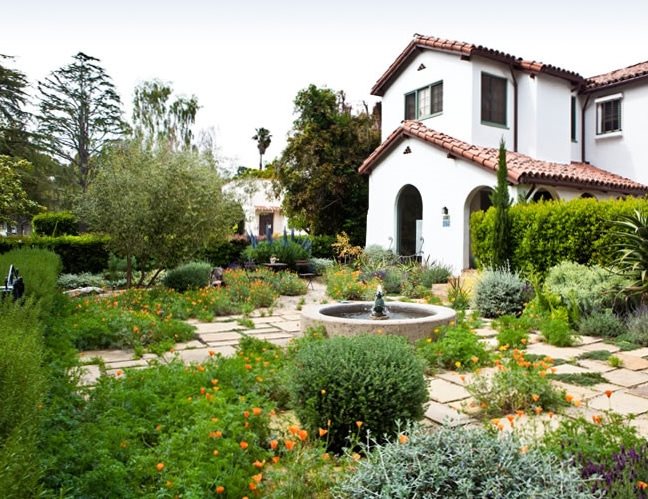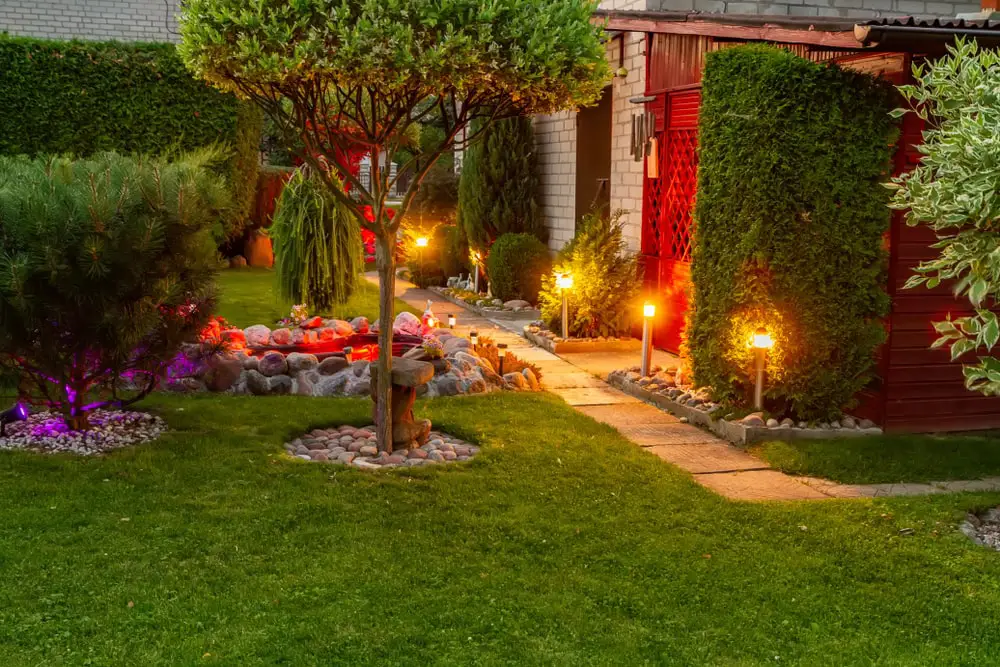Hilton Head Landscapes for Dummies
Table of ContentsExcitement About Hilton Head LandscapesThe Ultimate Guide To Hilton Head LandscapesThe Single Strategy To Use For Hilton Head LandscapesThe Best Strategy To Use For Hilton Head LandscapesThe Definitive Guide to Hilton Head LandscapesSee This Report about Hilton Head LandscapesSome Known Details About Hilton Head Landscapes
Line develops all types and patterns and can be used in a selection of ways in the landscape. Line in the landscape is developed by the side in between two materials, the synopsis or shape of a form, or a long straight attribute. Lines are a powerful device for the designer due to the fact that they can be made use of to produce an unlimited selection of forms and forms, and they control motion of the eye and the body.

Lines in the landscape. The residential or commercial properties of lines establish just how individuals react to the landscape, both emotionally and literally.
Hilton Head Landscapes Things To Know Before You Get This
Straight lines are most commonly found in hardscape sides and material. Rounded lines produce an informal, natural, relaxed personality that is linked extra with nature and unbalanced equilibrium. Bent lines move the eye at a slower pace and include secret to the area by producing hidden sights. Vertical lines relocate the eye up, making an area really feel bigger.
Vertical lines in the landscape include tall, narrow plant material, such as trees, or high structures, such as an arbor or a bird home on a pole. Straight lines move the eye along the ground aircraft and can make a space feel larger. Low lines are extra controlled and create a sensation of rest or repose.
Not known Details About Hilton Head Landscapes
Low lines are created by reduced yard wall surfaces, walkways, and brief bushes. Lines are utilized to attract types on a strategy. In plan sight, they define plant beds and hardscape locations. Lines are also developed by the vertical kinds of built attributes and plant material. There are three key line types that develop kind in the landscape: bedlines, hardscape lines, and plant lines.
Bedlines attach plant material to your home and hardscape since the eye complies with the line, relocating the look via the landscape. Hardscape lines are produced by the side of the hardscape, which marks the developed framework. Line can also be developed by long and narrow materials, such as a fence or wall surface.
The 20-Second Trick For Hilton Head Landscapes
Kind is located in both hardscape and plants, and it is normally the leading visual aspect that spatially organizes the landscape and typically figures out the design of the garden. The type of structures, plant beds, and garden accessories also determines the overall form motif of the yard. Official, geometric types include circles, squares, and polygons.
Plants produce kind in the find more info garden through their outlines or silhouettes, yet type can likewise be defined by a void or adverse room in between plants - bluffton landscaping (https://www.intensedebate.com/profiles/stevenagonzales). Circles can be cycles, or they can be separated into half circles or circle sectors and integrated with lines to produce arcs and tangents
9 Easy Facts About Hilton Head Landscapes Described
Circles can also be stretched right into ovals and ellipses for more range and interest. Circles are a solid design type due to the fact that the eye is always attracted to the center, which can be used to highlight a prime focus or link other types. Number 2. Circular forms in hardscape and yard panels.
The square kind can also be fractional and secondhand continuously to develop a grid pattern. Unlike circles, squares are more powerful on the brink, which can be lined up or overlapped to produce one-of-a-kind patterns and more complex types. Polygons are many-sided types with straight sides. Triangulars, for example, are three-sided polygons.
Twisting lines usually simulate the all-natural training course of rivers or streams and can be referred to as smooth lines with deeply curved undulations. Twisting lines (Number 3) function well for pathways, plant bedlines, and dry stream beds. Meandering lines can include passion and mystery to a yard by leading viewers around corners to discover new views and spaces.
A Biased View of Hilton Head Landscapes

Typical plant forms are well developed and standard, as type is the most constant and identifiable attribute of plants. Form can also be produced via the massing of plants, where the general mass produces a various type than an individual plant.
An extremely contrasting form has to be utilized with careone or more work well as a focal factor, however a lot of develop turmoil. Natural plant types, as opposed to over-trimmed kinds, should develop the bulk of the structure. The importance of general form is basically depending on the viewing perspectivethe kind of a tree can show up rather various to an individual standing under the canopy versus seeing the tree from a distance in an open area.
Everything about Hilton Head Landscapes
Plant kinds also develop and define deep space or open spaces between the plants, developing either convex or scooped forms in deep spaces. High-arching tree branches commonly create a concave open area under the branches, and a rounded cover with reduced branches loads the space to produce a convex form in the open room under the tree.
